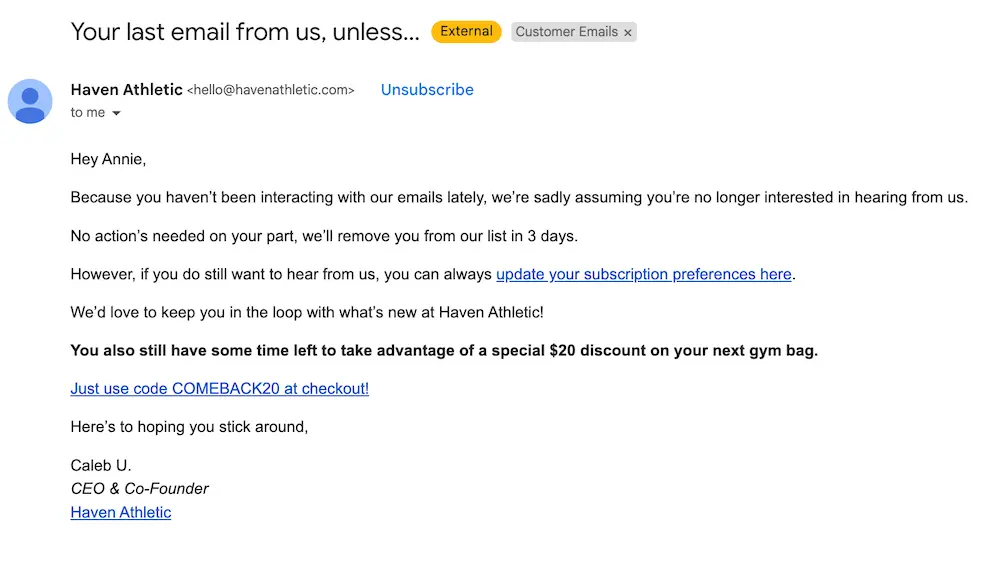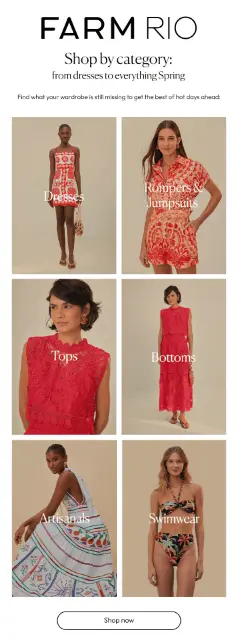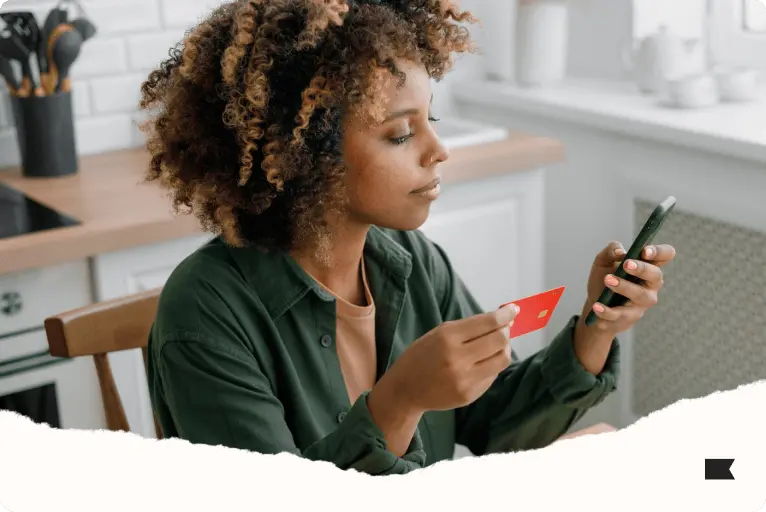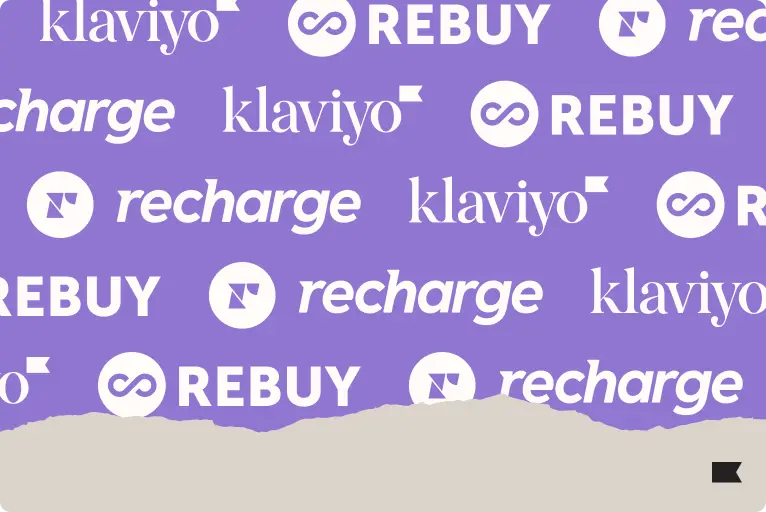Sunset flows: a crucial key to better email deliverability

Human beings are notorious for making mistakes.
John A. Smith in New York City signed up to be on your email list in good faith—he wants all your updates about silk ties, and, more importantly, he wants to buy them.
But he forgot his middle initial between his first and last name when entering his email address into your form. So now your marketing emails are going to John Smith in Alaska, who’s a professional fisherman and wouldn’t wear a silk tie if you paid him.
Now you’re in a mess you don’t even know is happening: John A. Smith in Manhattan has got money to burn, but he’s not getting your emails. And John Smith in Alaska is either not opening your emails or has already marked them as spam.
Meanwhile, your sender reputation is slowly degrading, John A. Smith in Manhattan thinks you don’t want his business, John Smith in Alaska thinks you’re annoying, and, over time, your inbox performance suffers.
All because John A. Smith in Manhattan made a tiny mistake.
This is just one email deliverability fiasco that a sunset flow can help you with.
Sunset flows can also help you keep your list healthy if you’re working with:
These shoppers might not be actively engaging with your marketing messages, but still want to stay on your list.
If the shopper has an only child, it might be time for them to leave your list. But if they’ve got another child on the way, or they’re a gift-giver, they may want to stay.
Think: a former meat-eater who has gone vegan, so they’re never going to put your bison bones on subscription again.
With these types of products, once a shopper has disengaged from your emails and bought elsewhere, they’re not likely to return.
Why sunset flows can improve your overall list health
Whether your emails appear in the inbox or the dreaded spam folder is a direct result of your sender reputation. And a list of subscribers who regularly open and click is what creates a strong sender reputation, helping to get your marketing messages in front of the maximum number of subscribers.
These subscriber actions contribute to a better sender reputation:
- Opening and clicking on your message
- Reading the whole email, measured by scrolling all the way to the bottom
- Spending time looking through the message
Alternatively, an open (which is a fraught metric anyway) that isn’t followed by clicking or hanging out in the email for long isn’t as helpful toward building a positive sender reputation.
If you have a list full of people who are barely opening and clicking, slowly but surely, your emails will make their way to the junk folder. At that point, you’re paying to send marketing messages that your subscribers don’t even see.
Enter: the sunset flow.
A sunset flow is a marketing automation that begins with a series of emails you send to subscribers who aren’t engaging with your marketing messages. Once you’ve identified the people who still aren’t engaging at the end of the flow, you reduce or suppress sending to them altogether.
A good sunset flow sets you up to ensure that your audience is both interested and engaged. Not to mention, the data you collect about your subscribers’ engagement will be more accurate, since it’s subscribers who definitely want to be there.
The 2 types of sunset flows to set up today
John Smith in Alaska is on your list accidentally and without consent. He’s never going to open your emails.
But some subscribers sign up with true interest, or to get a welcome discount, and their engagement drops off later.
These 2 types of people need 2 different sunset flows.
Sunset flow type 1: for never-openers
For folks who haven’t opened a single marketing email from you in the last 30-45 days, the sunset approach can be short. A single campaign encouraging them to stay can be enough. If they don’t engage with that email, either suppress them or remove them from your list altogether.
For all you know, they’re not even human. Bots can cause real harm, like spam complaints and other bad metrics that will damage your performance—and remember, bots sometimes use real email addresses to sign up for marketing lists. The real person who owns the email address might immediately send you to spam.
Here’s an example from athletic bag brand Haven: a plain-text sunset email alerting the subscriber that the brand is going to remove them from their mailing list. With no products or images, it’s sure to catch the subscriber’s attention.

Image source: Haven
Sunset flow type 2: for subscribers who previously engaged, but haven’t recently
A more traditional sunset flow goes to people who engaged at some point after signing up, but not recently. You know there’s a real human there, but they’re not opening or clicking.
This sunset flow series should contain 2-4 emails. Of course, you’d love it if this flow drove dozens of purchases, but your ambition can actually be quite a bit more modest.
All you really need is for your subscribers to open and click. That brings you a few benefits:
- You know they’re engaging, and you can keep them on your list.
- What they click on can help you better personalize future content for them.
- The fact that they’re engaging will lead to more messages landing in the inbox.
With the subject line “Stay connected with us!” and a well-designed email with 5 clickable links, this sunset email from Mary Ruth Organics gives subscribers who’ve previously opened and clicked plenty of reasons to engage.

Image source: Mary Ruth Organics
What to focus on in sunset flows
The strategy for your sunset flows is different from your strategy for a traditional marketing email. Because the main goal of this kind of sunset flow is to get subscribers to engage, think very carefully about:
Opens and clicks
Engagement in terms of opens and clicks are the metrics that matter most with a sunset flow—which means you can also worry less about metrics like:
- Active on site: sunset flows are primarily concerned with figuring out who is engaging with your emails, not your website.
- Recent purchases: Even if shoppers are making regular purchases from your site, if they’re not engaging with your emails, they’re not helping your sender reputation.
The label in the “From” name
Make sure it clearly identifies your brand—not, say, your CEO’s name.
Subject lines that pique interest and drive opens
The subject line of your sunset flow should be less about your products, and more about something that will entice the reader to open and click. If a subscriber sees a subject line that reads “50% off,” they may just head to your website and shop there, without opening or engaging with your email.
Jeni’s Splendid Ice Creams uses this subject line that’s excellent for sales, but not ideal for a sunset flow. With the specifics of both the new flavor and where a reader can get it right there in the subject line and preview text, even the most enthusiastic customer doesn’t have to open the email in order to get what they want.

Image source: author’s inbox
Let’s compare that to this marketing message from coffee brand Cometeer. It intrigues subscribers with a subject line that opens up a curiosity gap. With the promise of valuable information, the reader is more likely to open the email than redirect themselves to the brand’s website.

Image source: author’s inbox
Remember, a good sunset flow clears out the weeds to make room for new growth. It’s not concerned with pushing a sale. Even folks who are regular buyers don’t belong on your list if they aren’t opening and clicking.
Clickable content
A guiding question you can ask yourself when designing sunset flows: what, aside from knowing they want to buy a certain product, might make a subscriber click a link?
You want to make your readers curious and interested, and you want to make engaging with your content easy. It should be easier to click within the email and make a purchase than it would be to leave the email and shop on your site.
FARM Rio’s email contains 6 different blocks that guide the reader to a type of clothing they might buy, along with a standard “Shop now” call-to-action button at the bottom. A design like this gives subscribers plenty of reasons to click.

Image source: author’s inbox
What to do with folks who still aren’t engaging
For subscribers who still aren’t opening or clicking after a sunset flow, your best bet is to suppress their email address. Suppression means you can keep them in a specific segment, but when you send to that segment, they won’t get the email.
We recommend sending to the people who engaged at one time every 6 months or so, for big campaigns like Black Friday. But once someone hasn’t engaged for 12-18 months, it’s time to suppress them from even big campaigns.
Learn more about cleaning your list to maintain good deliverability.
Related content
- Open rates are (mostly) irrelevant. Here are 7 ways you should still use open rate data.
- 8 proven ways to earn subscriber clicks
- How to create a sunset flow in Klaviyo

Related content

Discover the best marketing automation platform for 2026 and learn how to choose based on data, integrations, scalability, and the features that drive real customer value.

Discover 4 proven ways to reduce cart abandonment and recover lost sales. Learn how to build trust, streamline check-out, and personalize abandoned cart flows to convert more shoppers.

Looking for the best Shopify apps for marketing and customer service? Klaviyo, Rebuy, and Recharge together create a high-performing tech stack that revenue and customer retention.